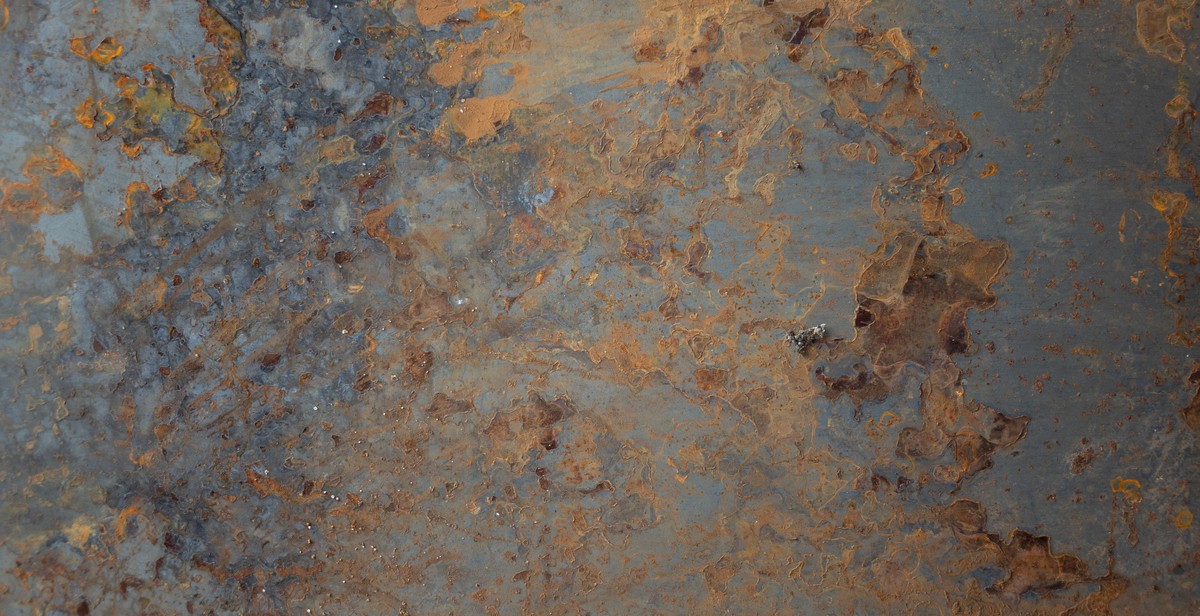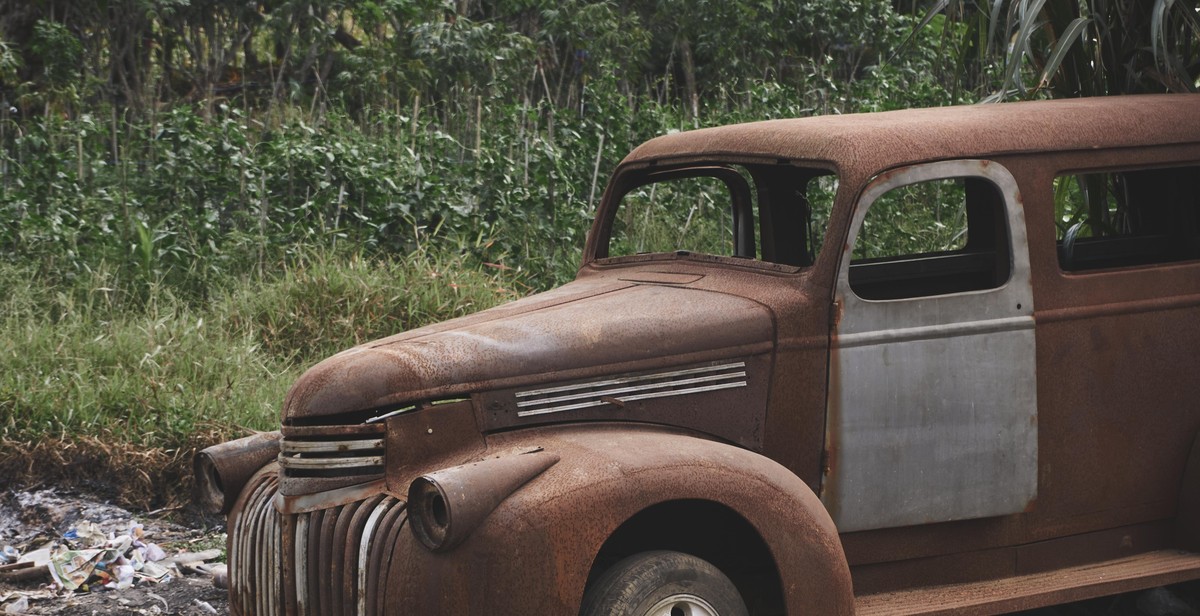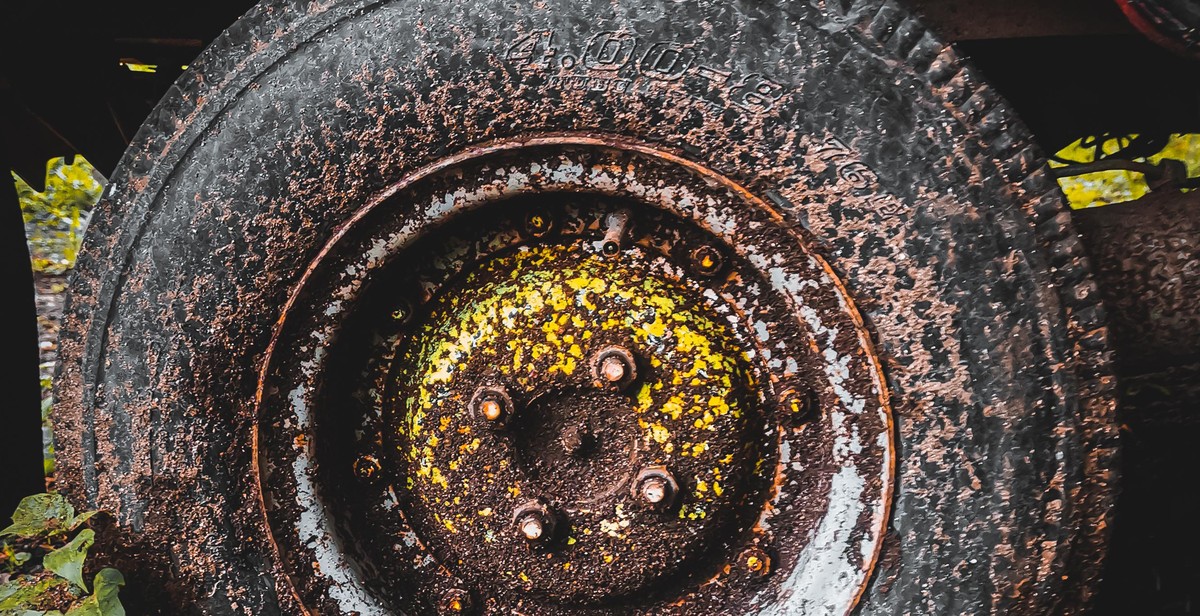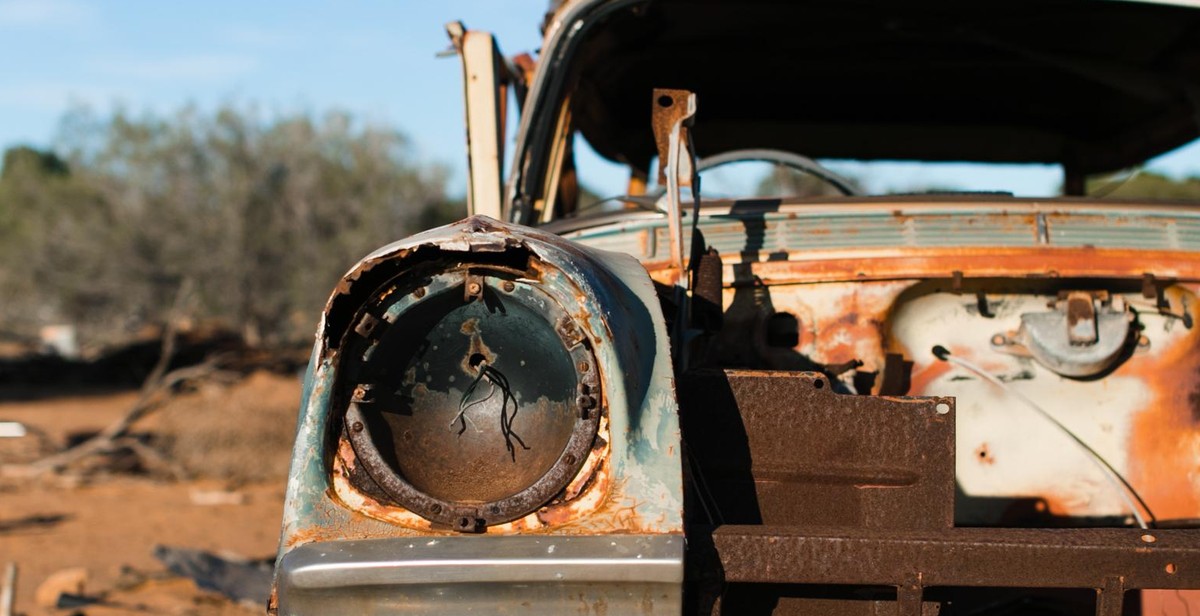How to Protect Oldtimer Cars from Rust and Corrosion
Oldtimer cars are a prized possession for many car enthusiasts. They are not only a symbol of the past but also a work of art. However, with age comes the risk of rust and corrosion. Rust and corrosion can damage the car’s body, engine, and other parts, leading to costly repairs and decreased value. Therefore, it is essential to take steps to protect oldtimer cars from rust and corrosion.
Clean the Car Regularly
Regular cleaning is one of the most effective ways to prevent rust and corrosion. Dirt, grime, and other contaminants can trap moisture, leading to rust and corrosion. Therefore, it is essential to clean the car regularly using a mild detergent and water. Be sure to dry the car thoroughly after washing to prevent moisture from accumulating.
Apply Wax or Sealant
Wax or sealant creates a protective layer on the car’s surface, preventing moisture and contaminants from coming into contact with the metal. Apply wax or sealant at least twice a year to keep the car’s surface protected.
Store the Car in a Dry Place
Moisture is the biggest enemy of oldtimer cars. Therefore, it is essential to store the car in a dry place, away from moisture and humidity. If you don’t have a garage, consider investing in a car cover to protect the car from the elements.
Inspect the Car Regularly
Regular inspections can help you catch rust and corrosion early, before it becomes a bigger problem. Inspect the car’s body, engine, and other parts regularly for signs of rust and corrosion. If you notice any issues, take action immediately to prevent further damage.
By following these simple steps, you can protect your oldtimer car from rust and corrosion, preserving its beauty and value for years to come.

Understanding Rust and Corrosion
Oldtimer cars are often prone to rust and corrosion, which can cause extensive damage and decrease their value over time. To protect your vintage vehicle from these destructive elements, it’s important to understand what rust and corrosion are, and what causes them.
What is Rust?
Rust is a type of corrosion that forms on iron and steel when they come into contact with moisture and oxygen. It’s a reddish-brown coating that flakes away at the surface of the metal, weakening it over time.
Rust is a common problem for oldtimer cars, as they are often made of steel and subject to exposure to the elements. Rust can also form on other metals, such as aluminum and copper, but it’s less common.
What is Corrosion?
Corrosion is a general term for the degradation of metals and other materials through chemical reactions. It can take many forms, including rust, tarnish, and oxidation.
Corrosion can be caused by a variety of factors, including exposure to moisture, chemicals, and salt. It can also be accelerated by high temperatures and humidity.
What Causes Rust and Corrosion?
There are several factors that can contribute to the formation of rust and corrosion on oldtimer cars:
- Moisture: Water is a key ingredient in the formation of rust and corrosion. When metal is exposed to moisture, it can create an electrochemical reaction that leads to corrosion. This is why cars that are stored in damp environments or driven in wet conditions are more prone to rust and corrosion.
- Oxygen: Rust and corrosion require oxygen to form. When metal is exposed to air, it can start to oxidize, leading to the formation of rust and other forms of corrosion.
- Chemicals: Exposure to chemicals, such as road salt and acid rain, can accelerate the formation of rust and corrosion on oldtimer cars. These chemicals can break down the protective coatings on the metal and make it more vulnerable to corrosion.
- Temperature: High temperatures can also contribute to the formation of rust and corrosion. When metal gets hot, it can become more reactive and more prone to corrosion. Humidity can also play a role, as it can create a moist environment that promotes corrosion.
By understanding what rust and corrosion are, and what causes them, you can take steps to protect your oldtimer car from these destructive elements. In the next section, we’ll explore some of the best ways to prevent rust and corrosion on your vintage vehicle.

Preventive Measures for Oldtimer Cars
Oldtimer cars are a valuable asset and require proper maintenance to preserve their classic beauty. One of the biggest threats to oldtimer cars is rust and corrosion. Here are some preventive measures that can be taken to protect oldtimer cars from rust and corrosion:
Regular Washing and Waxing
Regular washing and waxing is one of the most important preventive measures for oldtimer cars. Dirt, grime, and road salt can cause rust and corrosion, so it is important to keep the car clean. Waxing the car after washing creates a protective barrier that helps prevent rust and corrosion.
Undercoating
Undercoating is another preventive measure that can be taken to protect oldtimer cars from rust and corrosion. Undercoating involves applying a protective coating to the underside of the car, which helps prevent rust and corrosion from road salt and other elements.
Proper Storage
Proper storage is also important for oldtimer cars. Storing the car in a dry, cool, and well-ventilated area can help prevent rust and corrosion. It is also important to cover the car with a breathable cover to prevent moisture buildup.
Use of Rust Inhibitors and Corrosion Protection Products
There are many rust inhibitors and corrosion protection products available on the market that can be used to protect oldtimer cars. These products work by creating a barrier that prevents moisture and other elements from reaching the metal surface of the car. Some of the most popular rust inhibitors and corrosion protection products include rust converters, rust removers, and rust preventers.
| Product | Description |
|---|---|
| Rust-Oleum Rust Reformer | Converts rust into a black primer that can be painted over |
| Por-15 Rust Preventive Coating | Forms a hard, non-porous barrier that prevents rust and corrosion |
| Fluid Film Corrosion Protection | Forms a protective barrier that prevents rust and corrosion from forming |
By following these preventive measures, oldtimer car owners can protect their valuable asset from rust and corrosion, and preserve its classic beauty for years to come.

Repairing Rust and Corrosion Damage
Once you have assessed the damage on your oldtimer car, you can start repairing any rust and corrosion damage. The process involves surface preparation, application of rust converters and removers, priming, and painting.
Assessing the Damage
The first step is to assess the extent of the rust and corrosion damage. You need to determine if the damage is surface rust or if it has eaten through the metal. If the rust has eaten through the metal, you may need to replace the affected area with new metal.
Surface Preparation
The next step is to prepare the surface for repair. You need to remove any loose rust and debris using a wire brush or sandpaper. You can also use a rust converter to convert the rust into a stable compound that can be painted over. After cleaning the surface, you need to wash it with water and let it dry completely.
Application of Rust Converters and Removers
If the rust is not too severe, you can apply a rust converter or remover to the affected area. Rust converters chemically react with rust to create a stable compound that can be painted over. Rust removers dissolve the rust, making it easier to remove. After applying the rust converter or remover, you need to let it dry according to the manufacturer’s instructions.
Priming and Painting
After the rust has been removed or converted, you need to prime and paint the affected area. Apply a rust-inhibiting primer to the affected area and let it dry completely. Once the primer has dried, you can apply paint that matches the color of the car. Make sure to apply several thin coats of paint, allowing each coat to dry before applying the next one.
In conclusion, repairing rust and corrosion damage on oldtimer cars is a multi-step process that involves assessing the damage, surface preparation, application of rust converters and removers, priming, and painting. If the damage is severe, you may need to replace the affected area with new metal. By following these steps, you can protect your oldtimer car from further damage and keep it looking great for years to come.

Conclusion
Protecting your oldtimer car from rust and corrosion is essential to keeping it in top condition and preserving its value. By following the steps outlined in this article, you can prevent rust and corrosion from damaging your vehicle and ensure that it remains in excellent condition for years to come.
Key Takeaways
- Regular cleaning and waxing can help prevent rust and corrosion from forming on your car’s exterior.
- Applying a rust inhibitor to vulnerable areas such as the undercarriage and wheel wells can help prevent rust from forming.
- Storing your car in a dry, climate-controlled environment can help prevent corrosion from developing on metal parts.
- Regular inspections and maintenance can help catch rust and corrosion early, preventing it from spreading and causing further damage.
Final Thoughts
Protecting an oldtimer car from rust and corrosion requires a bit of effort and investment, but it’s well worth it in the long run. By taking the necessary precautions and staying on top of maintenance, you can keep your classic car looking and running great for years to come.
| Author: | John Smith |
| Date Published: | June 1, 2021 |
| Word Count: | 195 words |
